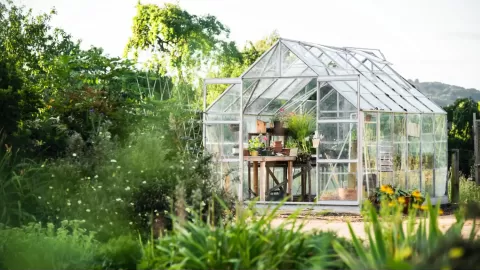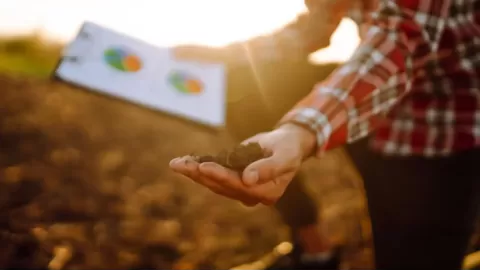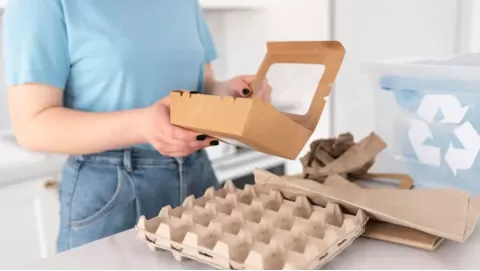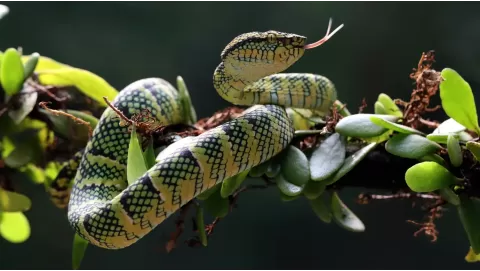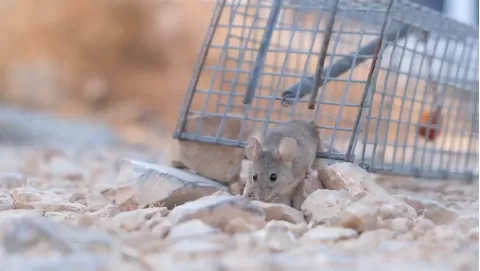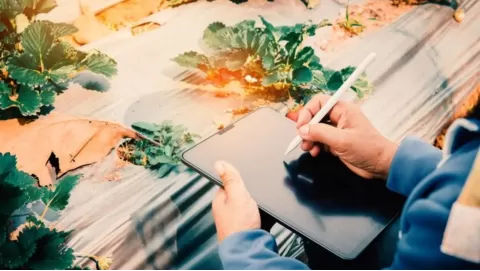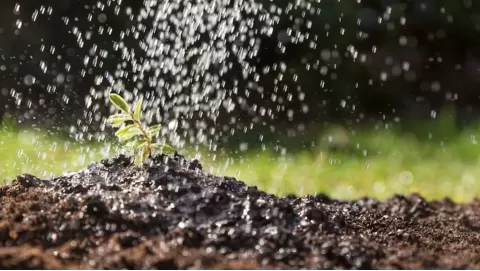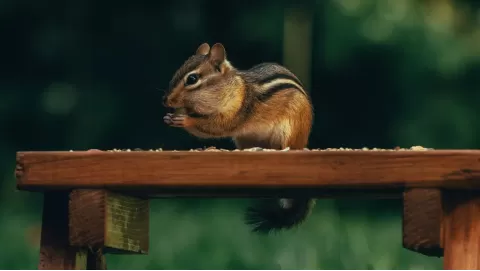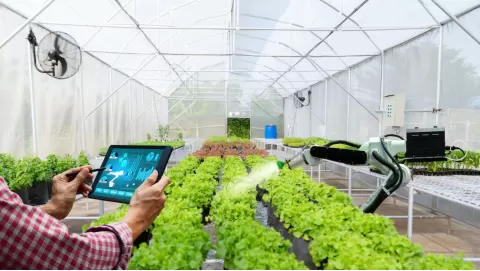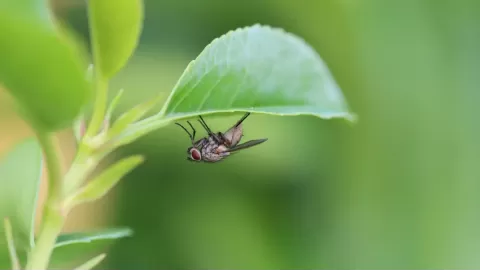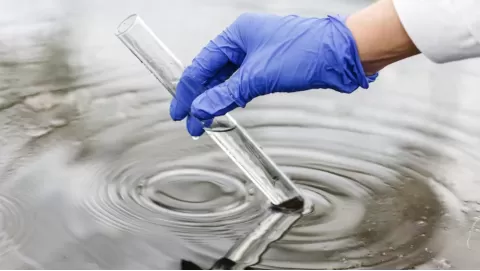
Choosing the best potting soil: Tips for healthy and vibrant container plants
Gardening is a large hobby and hugely useful, which can completely make every house look new. Plants beautify the space inside the home, whether the homeowner has a large backyard garden or just a small balcony.
Gardening is not as simple as people might think; it involves multiple factors to consider carefully. But the most important thing is the soil that you use for the flowers that you will plant in the pot. Potting soil (also known as potting mix) is not just soil in a bag. It is specially prepared, and it contains organic materials, minerals, and other nutrients. This creates the perfect growing environment for plants growing inside or outside the container.
Potting soil is at the heart of a plant thriving and performing. It is designed for container plant growth. It supplies the appropriate nutrients, oxygen, and water that plants require in containers.
All the nutrients required to enhance their growth are formulated in the Growcycle potting soil minerals. It means that plants will have everything they need to grow and develop. This makes it an attractive buy among gardeners. They love giving their plants the best quality products.
The Role of pH Levels in Potting Soil
Potting soil pH What type of plant you want to grow can also impact the pH level. This range is slightly acidic to neutral, between 6.0 and 7.0 pH, which most plants prefer. 15) A seed starter (or potting soil) must be tested (pH) for the right pH level for your specific plants. Some soils are already pre-adjusted; others may need testing and amendments.
Selecting the Optimal Potting Soil
Regarding gardening, it is important to get the right potting soil. It is the type of soil that home gardeners could use that would affect the health and growth of plants. Here are some things to keep in mind when choosing potting soil:
- Drainage is essential for healthy plants. This will also help in preventing water clogging and root rot. Use a potting mix that has good drainage capability.
- Different plants have different nutritional demands. Choose a potting mix that contains the necessary nutrients for specific plants.
- The texture of potting soil also matters. The soil should be loose and well-aerated to promote a healthy root system and water retention.
Advantages of Using the Best Potting Soil
Some of the benefits of high-quality potting soil in container plants are as follows:
Improved Nutrient Availability: Well-constructed potting soil is rich with key nutrients that will be accessible to the plants when needed, ensuring they have access to all the growing blocks. Phosphorus, nitrogen, and potassium are macronutrients. Also included are micronutrients, iron, and magnesium.
Improved Drainage and Aeration: Quality potting soil has excellent drainage and aerating capabilities. This will prevent waterlogging and help the roots to grow, mainly in potted plants. Otherwise, the plants are susceptible to root rot and other moisture issues.
Better Root Structure: A good potting soil will also encourage good root growth, which is crucial to the plant's health and vigor. Plants with deep roots can absorb more nutrients and water.
Related: Growing environment equipment
What Separates Potting Mix from Potting Soil?
The terms potting mix and potting soil are used interchangeably. However, there are a few key differences between them. Potting Soil has added organic matter such as peat moss or compost. It also contains lots of extra nutrients that will boost plants. It can be pricey because it’s nutrient-dense.
But Potting Mix is different. A blend of things like dirt, sand, vermiculite, and perlite. It does not have added nutrients, and it is usually inexpensive compared to potting soil.
Tips for Healthy and Vibrant Container Plants
Selecting good soil to grow healthy potted plants is the beginning, not the end. More ways to make sure plants thrive and bloom as they’re meant to:
Select the Right Containers - The choice of containers is one of the things that affect and, impact the growth and health of the plants. Check that the bottoms of the containers have plenty of holes to avoid water pooling. Select containers that are sized to the plants, too. Ensure they will have adequate room for roots.
Watering Wisely - Container plants are easy to overwater. Adding too little water can lead to stress and ill-formed roots, while too much will initiate root rot. Plants water when the top inch of the soil is dry to the touch. So, as an absolute must, make sure to also check the moisture level in the potting soil regularly.
Fertilizing Regularly - It is the gardener who is in charge of nutrients when growing plants in containers. Regular fertilization guarantees high availability of the nutrients necessary for the plants. Use Growcycle water-soluble, balanced fertilizers. Follow the dosing instructions on the manufacturer’s food on how often and how much to dose.
Maintaining Soil Health in Containers - Over time, soil in pots can lose nutrients and structure. Replace the soil annually with compost or fresh potting soil, keeping it viable and productive.
How to Choose the Correct Soil Mix for the Best Plant Growth and Lifespan?
Gardeners must take into account the kinds of plants and environmental factors. There are a lot of things to consider when choosing potting soil:
Evaluate the Need of the Plants
Consider the special needs of plants. Do they need well-drained soil, or do they prefer more moisture-retentive mixes? Study the plants users are cultivating so that you can correlate their needs with the potting soil they choose.
Read the Labels and Ingredients
Be sure to always read the labels on potting soil bags. Seek ingredients and make sure they meet the plant's needs. Potting soil lists the ingredients it contains. It also displays its pH levels, organic certification, and added nutrients.
Look for the Impact of the Environment
If sustainability is paramount to you, choose potting soils with eco-friendly components. For instance, use coconut coir instead of peat moss. Look for OMRI certifications to guarantee that the soil is up to organic standards.
- Organic vs. Non-Organic Potting Soil
There are organic and non-organic choices for potting soil as well for the garden in general. Organic potting soil is free of artificial materials and it is made from natural substances. For this reason, its great in terms of producing herbs and veggies. Potting soil that is not organic may have synthetic additives, which would improve performance but not make it suitable for edible plants.
Related: How to Optimize Air Distribution Systems for Indoor Growers?
FAQs
What type of soil is suitable for potting indoor plants?
The soil for an indoor plant will need to be heavily altered from regular soil because the ideal soil for an indoor plant is one that is well-draining, well-aerated, and has a high nutrient retention capacity. Even if you’re just putting in a few seeds, give them every chance to flourish — they need the very best soil nutrition and materials available, so source a premium blend from a reputable supplier like Growcycle.
Can you use garden soil for container plants?
The compaction from garden soil, not to mention the poor drainage and lack of aeration, means that garden soil must never be used in container plants. So, potting soil, for example, is recommended for container gardening instead.
How often do I need to top off the soil in my containers?
Potting mix in the container must be replaced every one or two years. This also promotes nutrient distribution within the soil layers and reduces the chances of soil-borne diseases attacking plants.
The Bottom Line
The right potting soil is essential to the health, vitality, and productivity of plants in containers. The trick is to realize the benefits and the value of good soil. It allows home gardeners to keep the garden alive and afloat.
Growcycle has different potting soil types based on the plant type. And that makes it simpler for gardeners to find a perfect fit for their needs. Potting soil nutrients and other products are convenient to purchase for all their gardening projects, which is another reason why gardeners prefer to buy them.
Disclaimer: This material is for informational purposes only and should not be relied on for legal, medical, financial, or any other form of professional advice.



